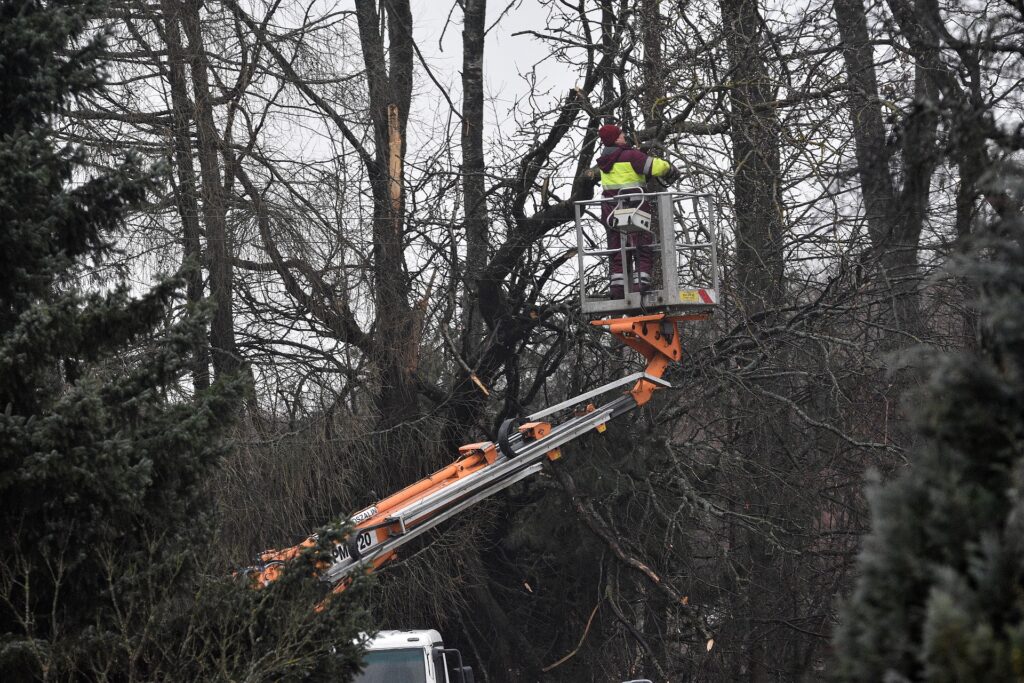A study led by researchers from Newcastle University has created a new model to predict the damage caused by adverse weather in the UK.
The new framework for ‘consequence forecasting’ enables first responders to effectively target resources prior to an extreme weather event.
The pre-event decision-making model works by first developing relationships between wind speed and faults on the electricity network. The relationships are then used to estimate faults of electricity networks and potential customer interruptions. This model can be used as early as 24 hours before extreme weather events.
Published in the journal Climate Risk Management, the study findings can enable effective first response to manage infrastructure systems impacted by hazardous weather. Having the forecasting tools to predict and prepare for storm damage will reduce the societal consequences of extreme weather, including power loss for customers and fines for electrical distribution companies.
The study was led by Dr Sean Wilkinson of Newcastle University’s School of Engineering, and involved experts from the Met Office and EPFL (Lausanne University), Switzerland. The team used an advanced weather numerical model to develop the prediction system.
The framework presented in the paper applies to an electricity distribution network threatened by approaching windstorms. However, it could equally be applied to other infrastructure systems or elements of the built environment, or any type of weather event.
Dr Wilkinson said, “Our model has the potential to change the way we manage weather and climate risks to our infrastructure networks. While electricity network operators already prepare extra resources when a storm approaches, predicting how many power lines may be blown down and where these are likely to be located will allow them to better target the necessary resources to more quickly repair any damage. This is likely to become even more important in the future as our changed climate is predicted to produce more frequent and more intense storms and some of these may be beyond the experience of the people tasked to deal with them.”
Hayley Fowler, study co-author and professor at Newcastle University’s School of Engineering, added, “This consequence forecasting is so important for planning emergency response in fast-evolving storms like Eunice. Our model could be used to regularly update energy companies and other infrastructure operators on the potential consequences of approaching storms, as forecasts are updated in real time. This is particularly relevant since the first very high-resolution climate models, which are also used for today’s weather forecasts, predict a significantly greater increase in the frequency of severe winter storms in Europe with climate change.”



